The
Visit to this Jain monument or the Rock Cut Jain Hill Temple at Ananthamangalam
Village was a part of the “Shiva, Jain Temples and Heritage Sites Visit”, at Saram
and Ananthamangalam near Tindivanam, on 04th February 2024. This
Jain monument is on a small hill about 3 KM from the Village of Ananthamangalam.
Tirthankaras, Yakshini
and Parsvanatha Tirthankara images are carved on a small hill boulder near the
Ananthamangalam Village. It is believed that this place obtained its name Ananthamangalam since the centre's main image is considered as Ananthanatha. But
if we go as per the iconography of the Yakshini, the main image is centre image
is Ananthanatha. Hence this place was called Ananthamangalam. But if we go
as per the iconography of Yakshini, the centre image is Neminatha Tirthankara.
When we look into
Yakshini’s basrelief, the Yakshini is shown with only two hands. Hence this
image may be as Siddhayika or Ambika, since other Jain Yakshinis are with 4
hands. Ambika is often described with Mangoes and a child in her hand and another
stood nearby under the protection of Yakshini. Two Samaras/whisks are shown
on both sides of her head, instead of Samaratharis. In this group, Yakshini is
carved very beautifully as her right knee is bent and her feet rest over the
seated lion. Her left hand is bent from the elbow and kept on the waist. Her left hand
is over a child and the Child's feet are also in a rest position over the seated lion. There
are two secondary figures, also carved on the right side of Yakshini. The tree
sculpted in the figure is Mahavenu means Great Bamboo which is keval tree
of Jina Neminatha. From the above observations we may conclude that Yakshini is none
other than Ambika and the main image is of Neminatha Tirthankara.
The main image of Neminatha
is in sitting posture and looks beautiful. A Mukkudai is shown above his head. Celestial
deities and Samaratharis ( Shasandevtas and Vidhyadharas ) are shown on both
sides. There are two figures on both sides of Lord Neminatha.
Two more Jain Tirthankaras
are carved on the left side of Neminatha Tirthankara. One of the Tirthankara is
shown with Mukkudai on the top of his head and samaras / Whisks are shown on
both sides of his head. The other Tirthankara is identified as Parshvanath since a snake hood is shown over his head. In addition, two whisks/samaras are
shown on both sides of Tirthankara’s head.
On the right side of this
group of sculptures, A Parshvanath Tirthankara’s image is carved along with a
lady and a Devotee in a worshipping posture on a boulder.
HISTORY
AND INSCRIPTIONS
An Inscription dated to
948 CE under the reign of Madiraikonda Parakesari Varman identified as
Parantaka Chozha-I, is found on a
boulder on a side of these bas reliefs of Tirthankaras and Yakshini.
One of the inscriptions
records as Rettanemi Adigal and the other records Arattaraana Nemigal.
Parantaka Chozha-I’s inscription records that a monastery called Jinagiri Palli
was functioning in this Village. The inscription also records that
Vinaiyaapaasoora Kurvadigal’s disciple/student Vardhamana Periyadigal, gifted
5 Kalanju gold to this monastery. Still, the Hill is called as “Samanar
Kundru”. Food was offered to one person
daily.
அனந்தமங்கலம்
மலை உச்சியில் இரு தீர்த்தங்கரர் திருமேனிகள் பெயர் பொறிப்புகளுடன் உள்ளன. ஒன்றில்
ரெட்டநேமி அடிகள் என்றும் மற்றொன்றில் அரட்டராந நேமிகள் என்றும் உள்ளன. முதல்
பராந்தகனுடைய ஆட்சிக் காலத்தில் (கி. பி. 948 இல்) இவை செய்யப்பட்டன.
பராந்தக சோழனுடைய கல்வெட்டொன்று (கி. பி. 948) இவ்வூரில்
ஜினகிரிப்பள்ளி என்ற சமணக்கோயில் இருந்ததைக் குறிப்பிடுகிறது. வினையாபாசூர
குரவடிகள் மாணாக்கர் வர்த்தமானப் பெரியடிகள் என்பவர் இப்பள்ளிக்கு ஐந்து கழஞ்சு
பொன்னை அளித்துள்ளார். இன்றும் மலையானது சமணக்குன்று என்றே அழைக்கப்படுகிறது.
தினமும் ஒருவருக்கு முன்பு உணவிடப்பட்டது.
This place Samanar Kundru is called Sanaan Kunnu by the
locals. The Pallava King Kampavarman’s Thoombu inscription records this place
as Avanimangalam. Hence this might have been corrupted to the present name of Ananthamangalam.
சமணர் குன்று என்பதை மக்கள் சாணான் குன்னு என்பர். அனந்த என்ற பெயரும்
சமணருடன் தொடர்புடைய பெயராகும். விழுப்புரம் வட்டம் செஞ்சியருகே உள்ள அனந்தபுரம்
என்ற ஊரும் சமணர் வாழ்ந்த ஊராகும். ஸ்ராமணன் என்றும் ஸ்ராவணன் என்றும் வடமொழியில்
வழங்குவர். சாணார் என்ற சாதியுடனும் இக்குன்றைத் தொடர்புபடுத்தலாம். கம்பவர்மனின் தூம்பு
எடுத்ததைச் சுட்டும் கல்வெட்டு வாசகம் வருமாறு:
1. ஸ்வஸ்திஸ்ரீ கம்பவன்மற்கு யாண்டு
2. இருபத்தொன்றாவது
3. அவநிமங்கலத்து
4. செங்குட்டி செய்வித்த தூம்பு.
அவநிமங்கலமே அனந்தமங்கலமாயிற்று போலும். இதுவே ஊரில் உள்ள தொன்மையான கல்வெட்டாகும்
Ref:
Tholliyal
Nokkil Kanchipura Mavattam, by S Krishnamurthy.
CONTACT
DETAILS
Mayilvel the caretaker of this monument mobile
number +919943209617 may be contacted for the pening of grill gates.
HOW TO
REACH
This
Jain monument is about 3 KM from the Village Ananthamangalam and about a KM
from Sri Agastheeswarar Malai Koil. Town bus no 24 is available from the Gandhi
statue stop at Tindivanam to this Village.
This
place is about 17 KM from Tindivanam, 26 KM from Melmaruvathur, 92 KM from
Tambaram, and 134 KM from Chennai Central station.
Nearest
Railway station is Tindivanam.
LOCATION
OF THE MONUMENTS: CLICK HERE
--- OM
SHIVAYA NAMA ---
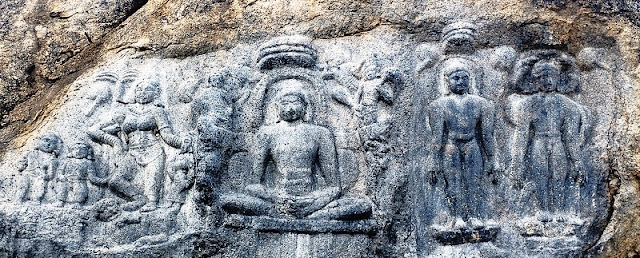

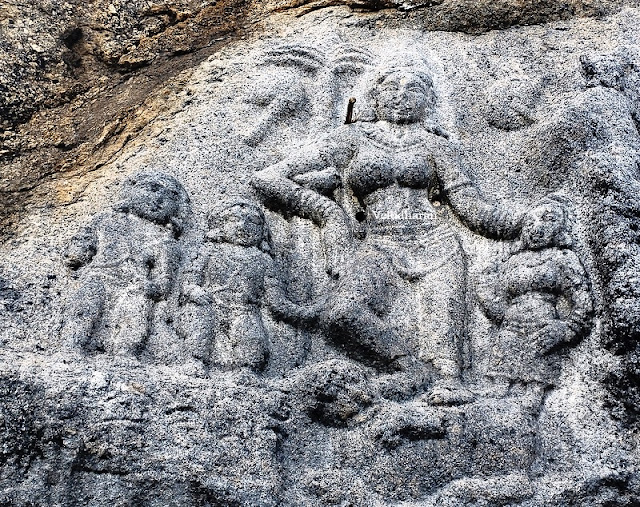

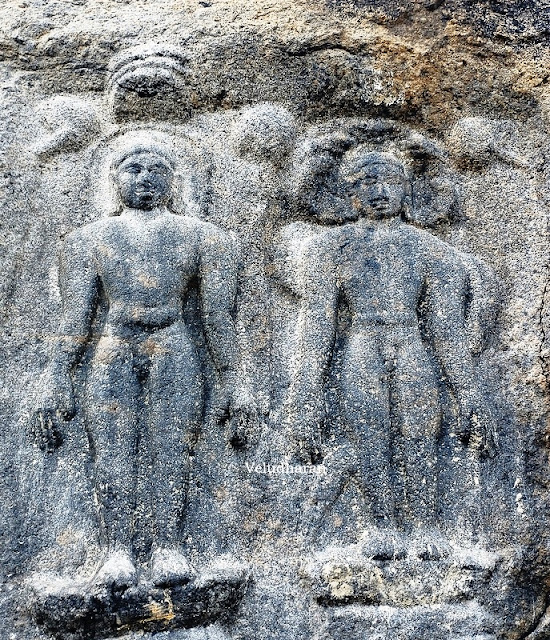

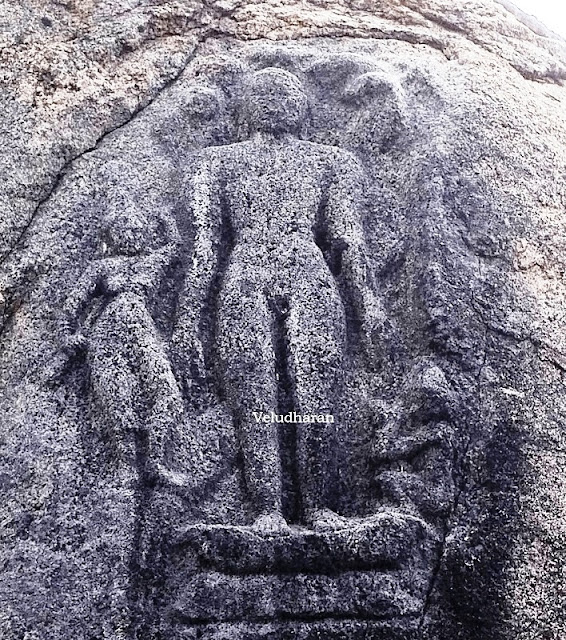






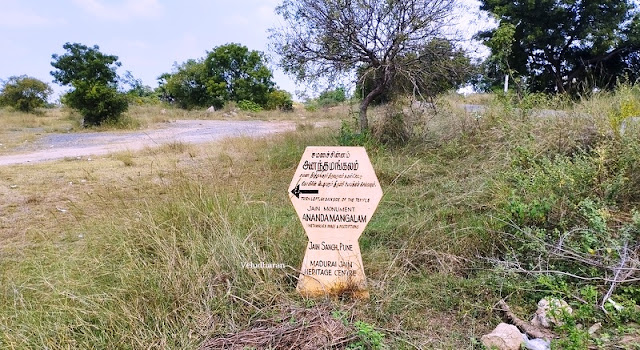













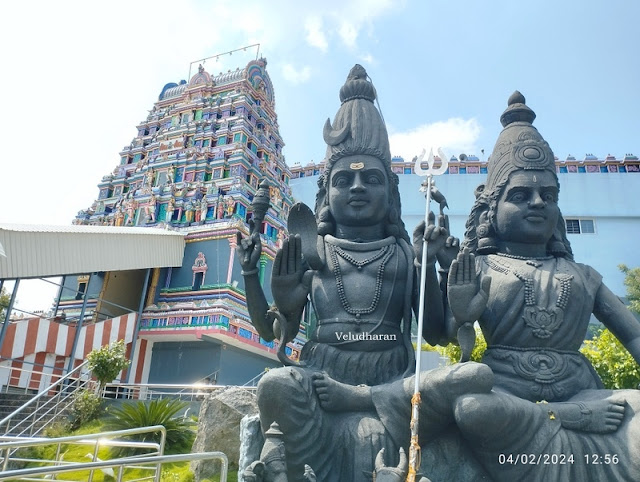








.jpg)
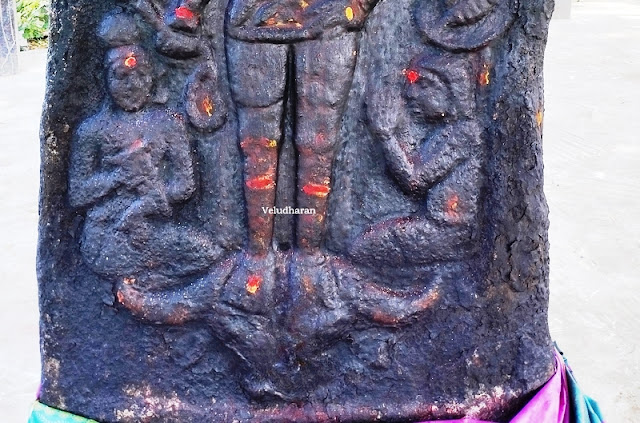








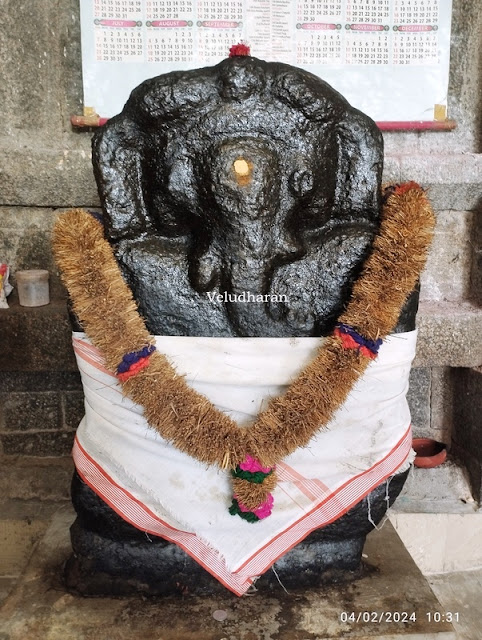

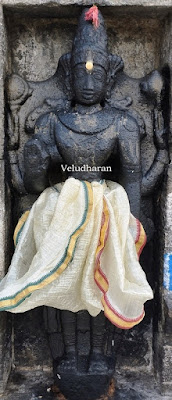


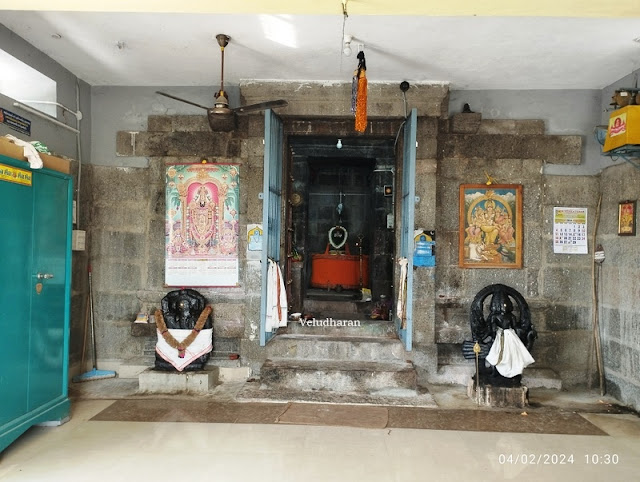
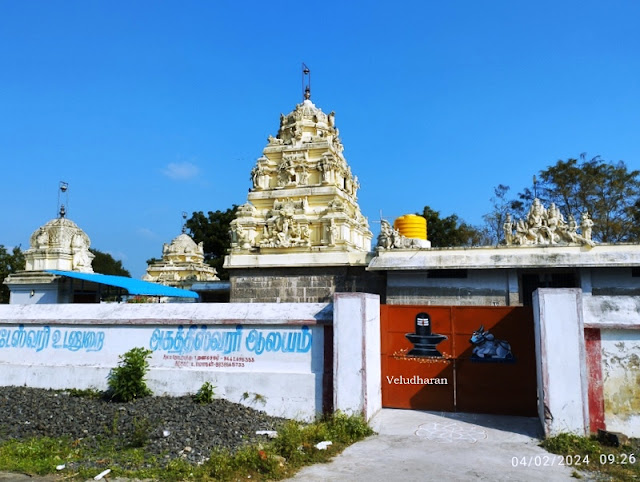







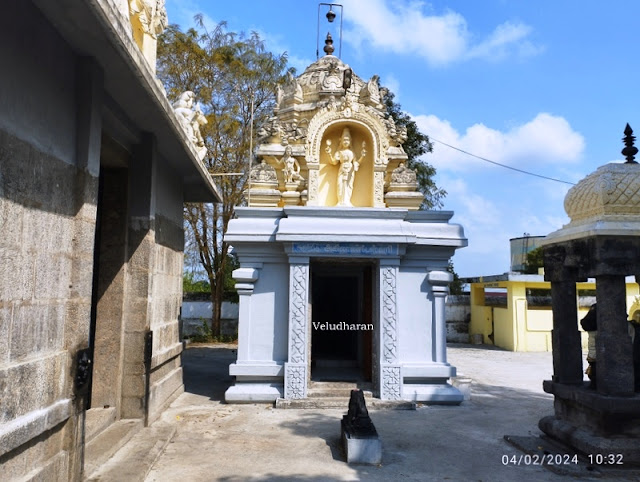


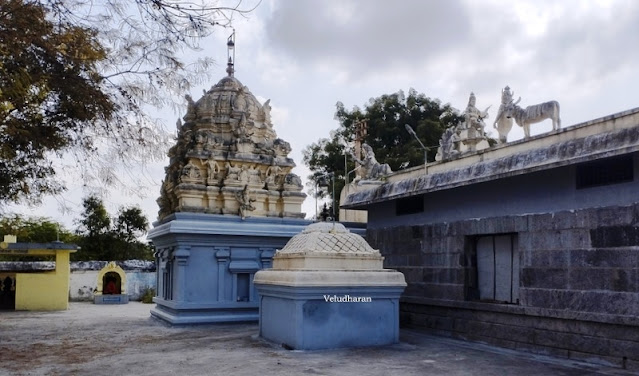







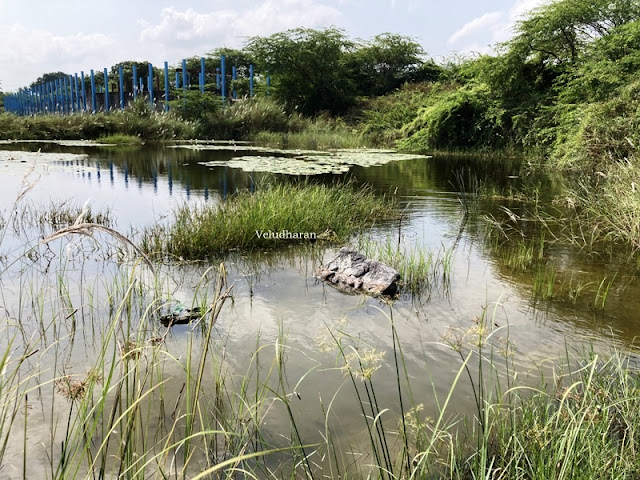

.jpg)


